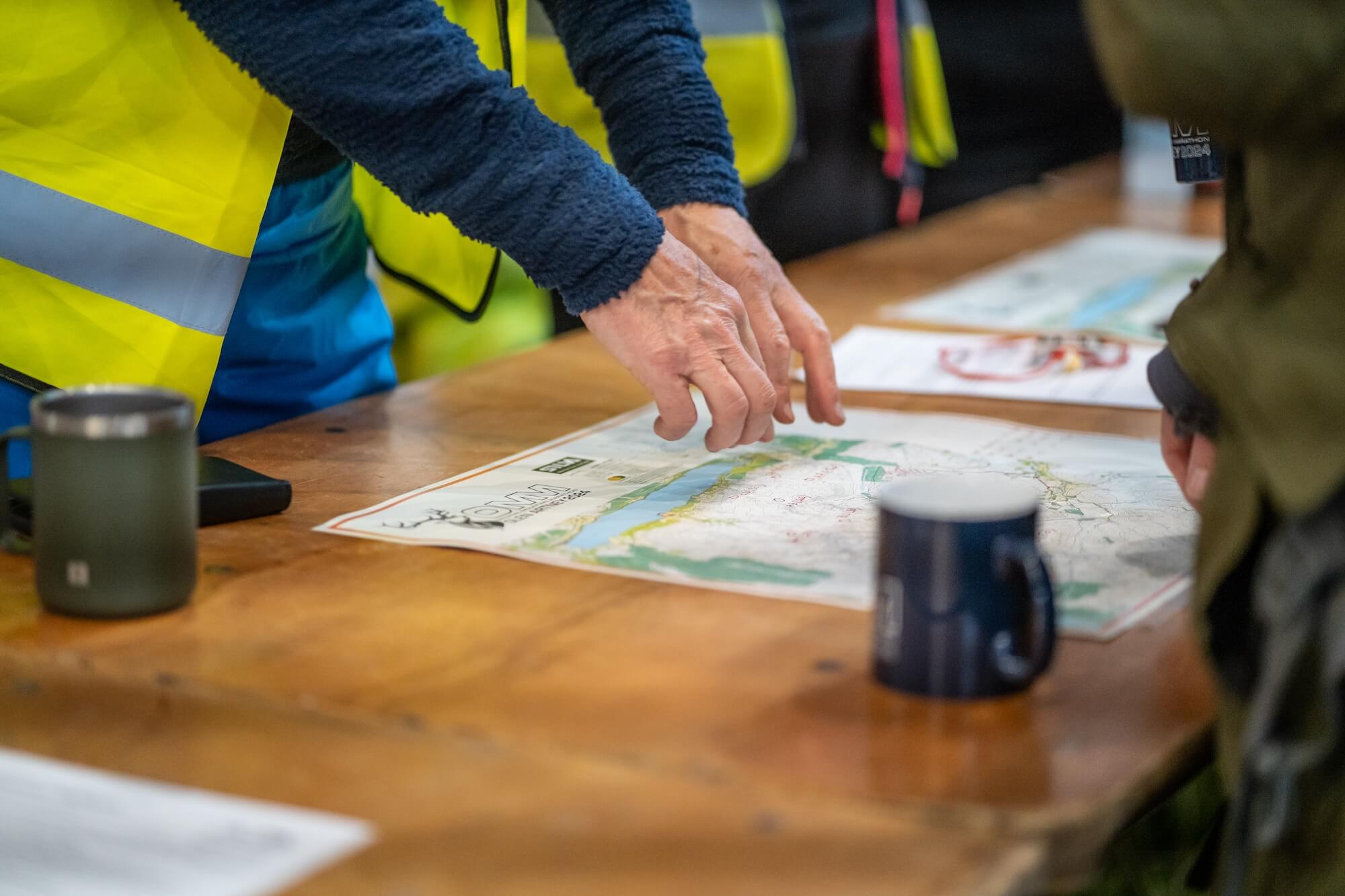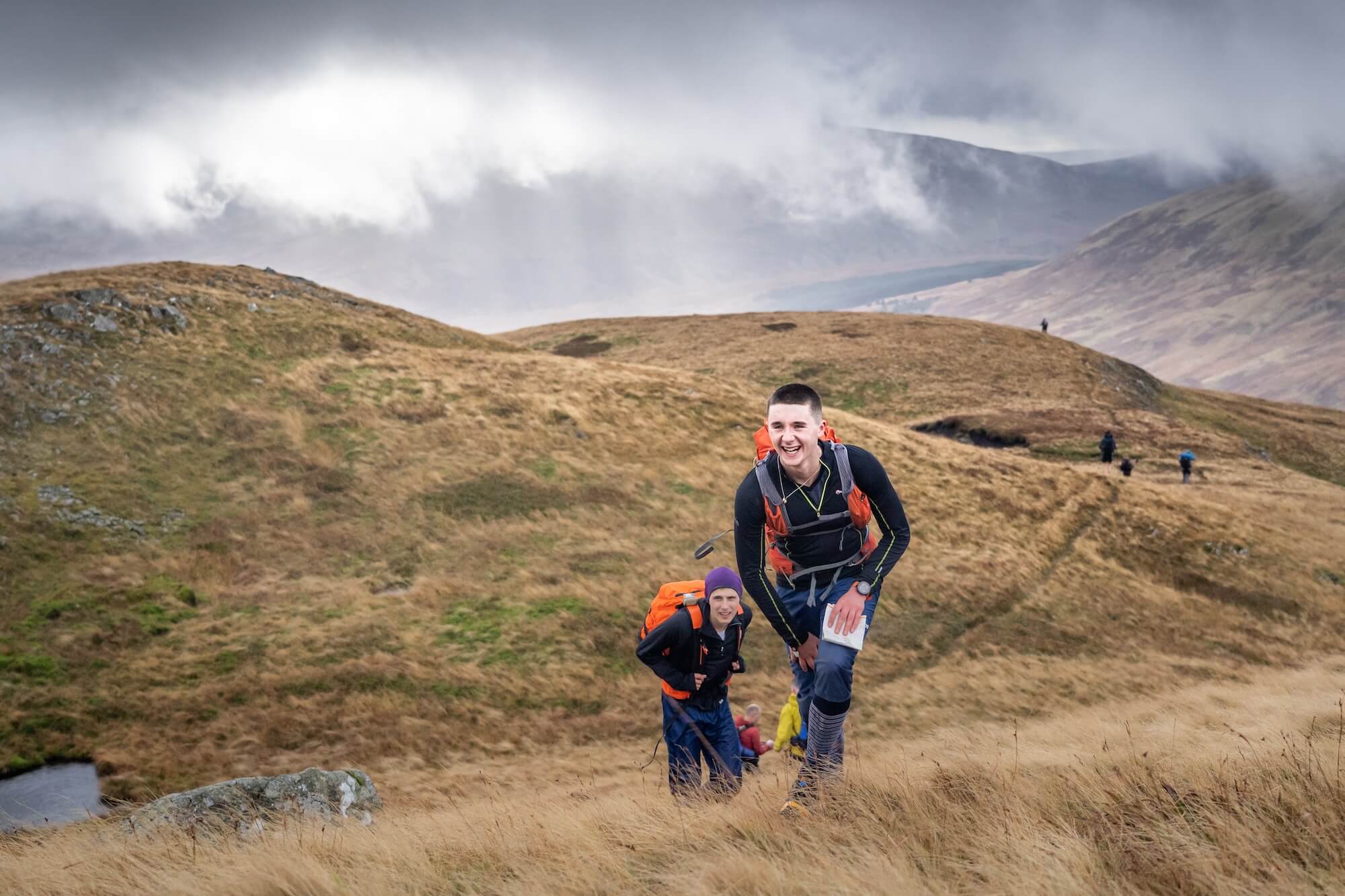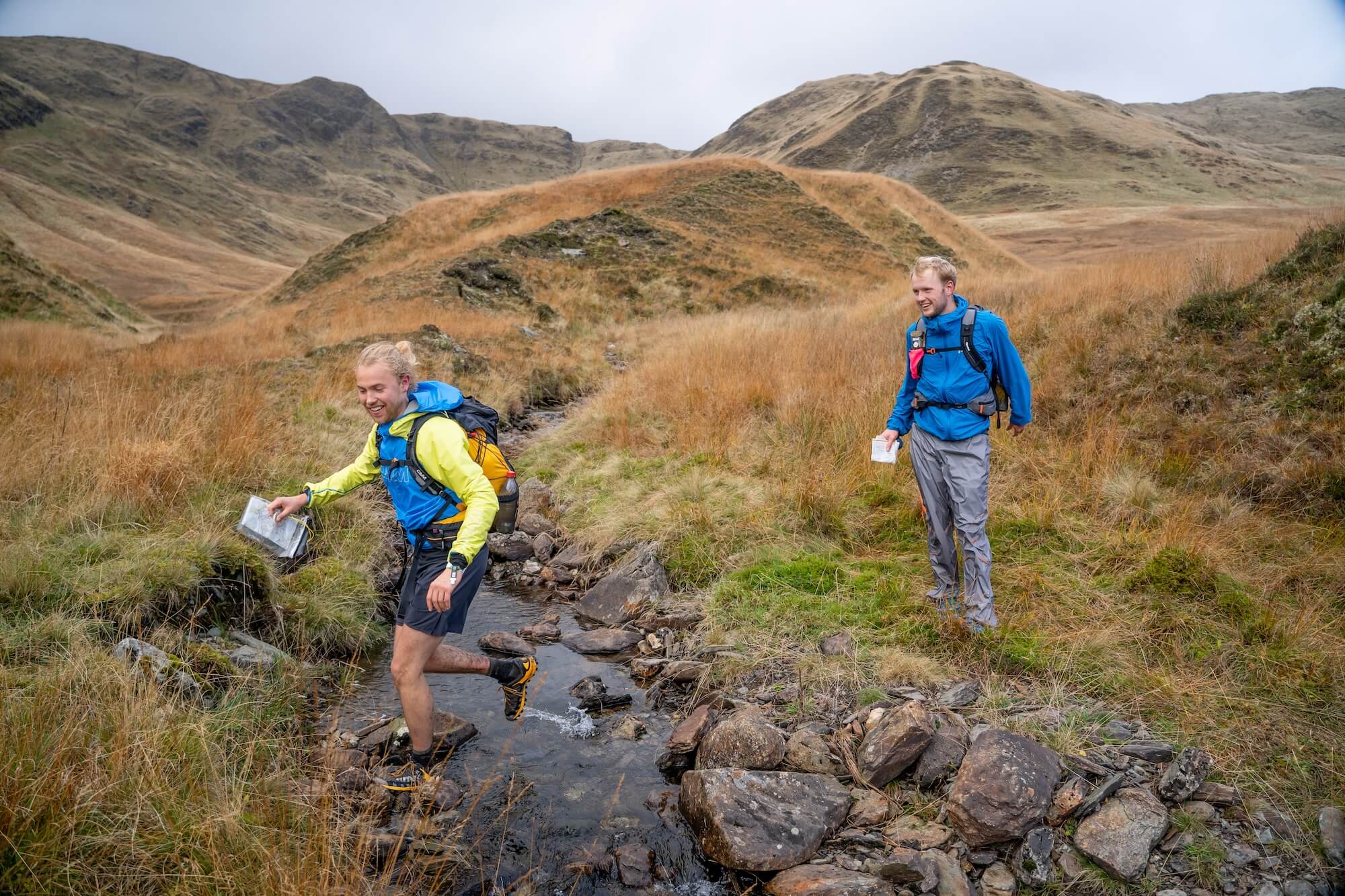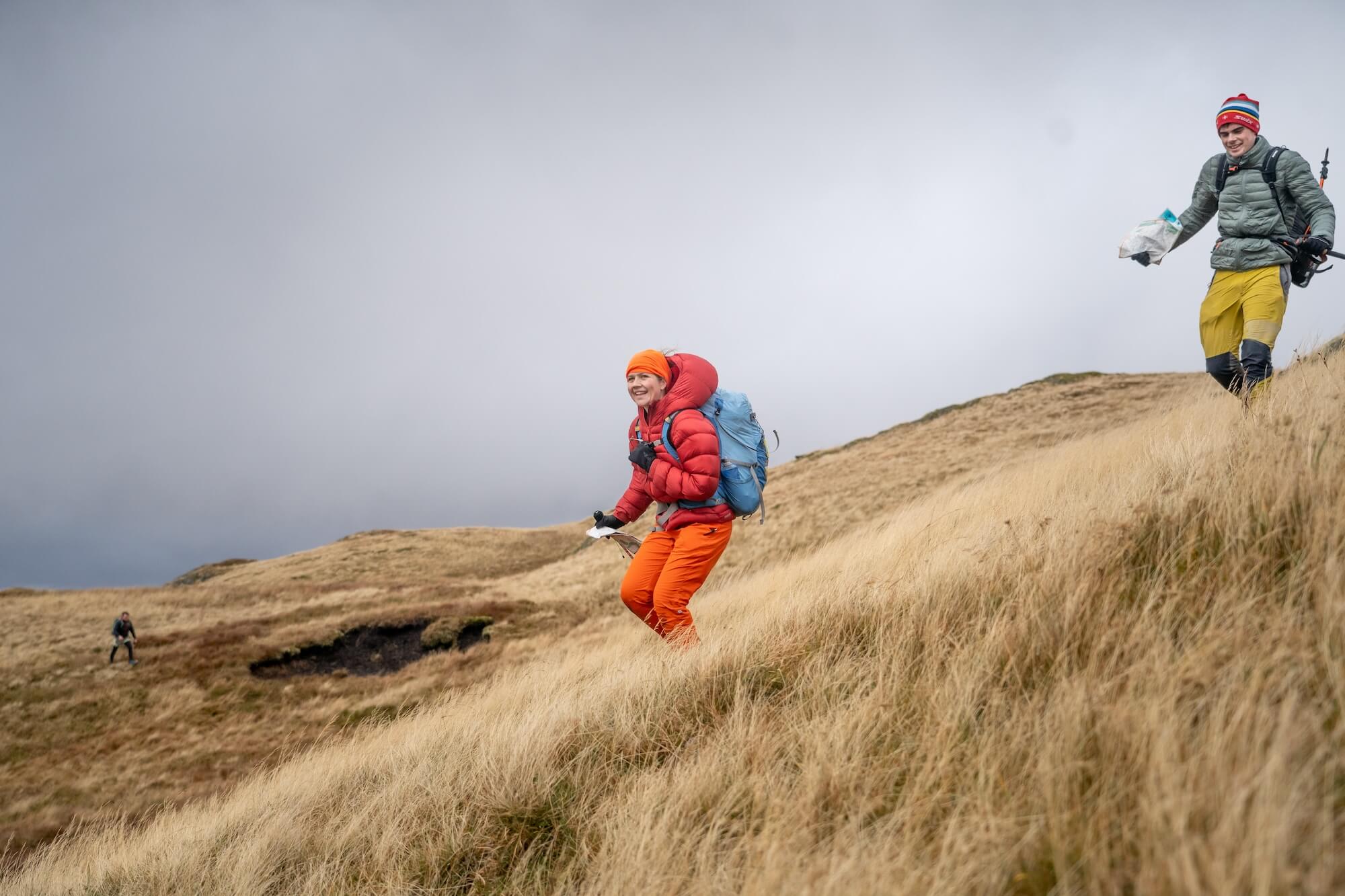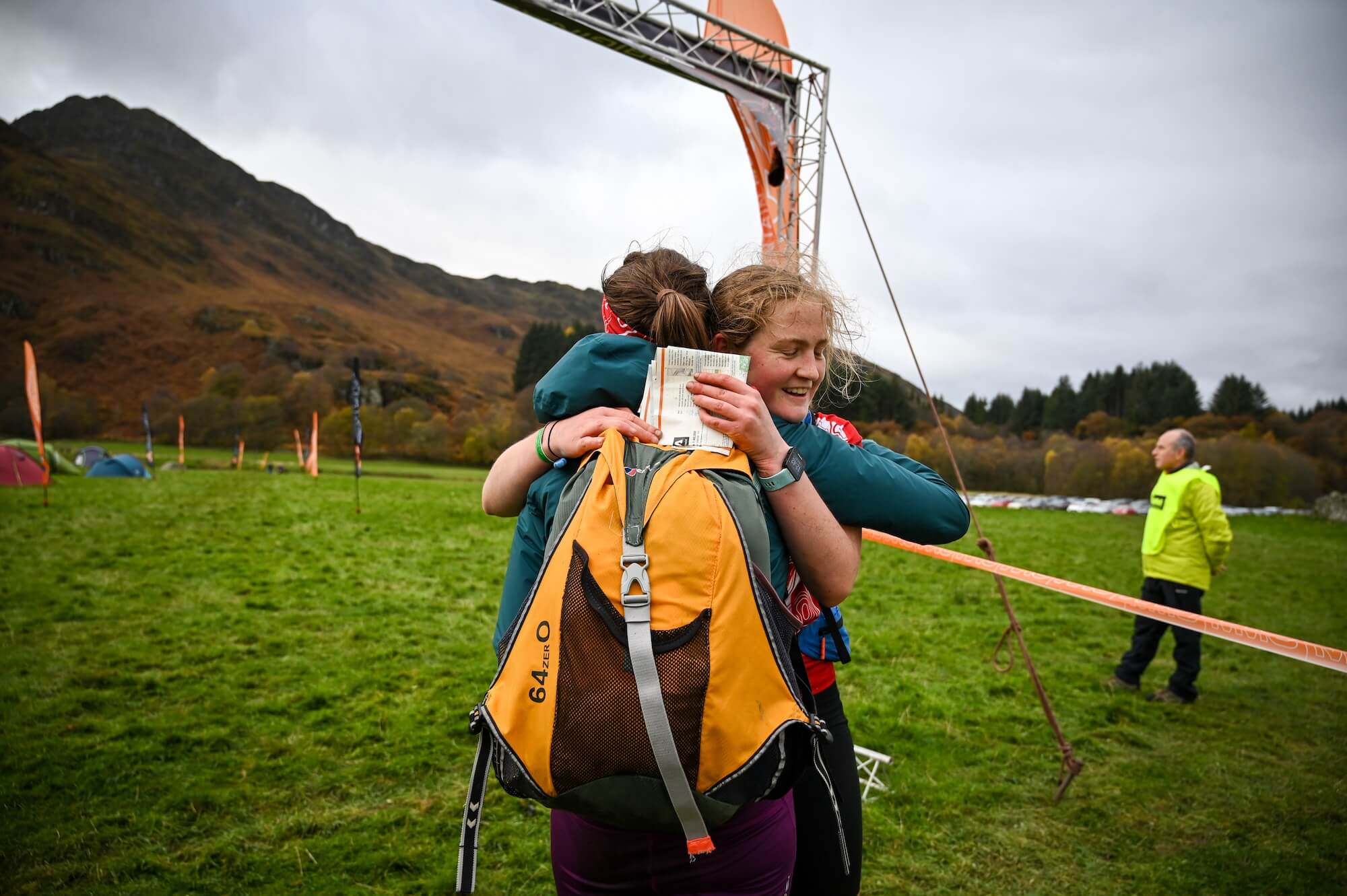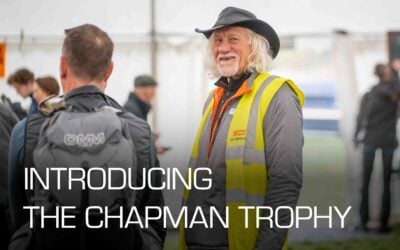Hear all about the brand new Chapman Trophy, a celebration of the next generation of OMM competitors.
Course planners for the 55th OMM in Glen Artney; Richard Oxlade (Line) and Mike Stewart (Score) take a look at what it takes to create the challenging and unique courses at the heart of the OMM event in this step-by-step guide.
There are quite few things that have to come together to create good courses for an event like the OMM. Luck also plays a part and this year I think we had our fair share.
As a pre-cursor to the planners report the OMM event has to find at least one (preferably two) planners. We were approached over a year prior to the OMM to plan this event. Both of us were experienced mountain marathon competitors and orienteers with extensive planning backgrounds. Most of the event team are old hands with a lot of experience and this is one of the main reasons that the event is such a success. People will drop out for various reasons as years progress to be replaced by others who inevitably are known to the event team and have significant and relevant experience either as controllers, organisers, planners or competitors. The orienteering fraternity is a good hunting ground for some of the main roles, though not essential. From a planning perspective it’s extremely useful to have a working knowledge of condes, the CAD planning package used by the OMM event.
It’s worth pointing out that a mountain marathon event is not a big orienteering event, but the skillsets used in planning orienteering events transfer easily to mountain marathon events.
One can split the planning process in a number of ways, but having a line course planner and a score course planner is an obvious approach to take. It isn’t essential to split the planning process this but what is important is that multiple planners work together as a team. Here’s a summary of what we had to do.
1. Find a great area No surprise here but this can be surprisingly difficult even in Scotland. As Dave Chapman says in his report we initially looked at the Trossachs in summer 2023 but rewilding and unrelenting steep slopes were always going to make this a very tough area. We knew the area to the east (home of the Stuch A’ Chroin hill race) was more runnable, likely to be drier and had potential event centre locations previously used for the Scottish 6 Days orienteering event. It looked promising but it was deer stalking country.
2. Get permission This is never easy but we were lucky. The area is a gem with its great mix of terrain and the Drummond estate is at the heart of it. Fortunately Strathearn is a small community and local orienteers Allan Downie & Grant Carstairs were able to help Dave with contacts. Michael Aldridge and the Drummond Estate team (especially Head Stalker Alastair Chalmers) were incredibly helpful even though the event would have an impact on them as it would be at the start of hind stalking. As a bonus they also let us use the fields at the heart of the estate for the overnight campsite. Dave & the team did a great job of also getting permission to use the fields at Dundurn for the Event Centre and all the pieces started falling into place.
3. Get a feel for the terrain Although we were familiar with Stuc A’ Chroin & Ben Vorlich, and the orienteering forest at Dundurn, we didn’t know the rest of the area in detail. Getting a feel is perhaps the most important aspect of planning – route choices are sometimes determined by quite subtle factors. For the line courses providing route choice and achieving fairness can be a tricky balance – success should be based on interpreting the map and using good hill craft but not pot luck. For example it’s unfair to plan a leg with 2 choices that look similar on the map when one has runnable trods and the other is untracked unless there is a reasonable chance of predicting that.
We spent several days just exploring the area. Google geeking can go a long way but nothing beats feet on the ground. There were some wonderful features, and areas we knew competitors would love running through and we tried to make the most of them, while providing as much variety as possible.
4. Identify the constraints We were lucky to have few fences to deal with. There is one major deer fence through the area and we agreed with the estate that we would only let competitors cross at existing gates. Stock fences were less of a problem but again we agreed to have mandatory crossing points wherever these were in good condition. On the far west in Glen Ample there was a complicated mix of old and new fences in the forest and we decided to mark most of these as uncrossable to create a clear high/low route choice and to avoid tempting competitors to take short cuts through thick plantation which can be a lottery. Fortunately tracking could be used to check that uncrossable lines weren’t being crossed.
Rivers were a more difficult issue as they are weather dependent. The area has some rivers that can become very dangerous although there are also some crossing points. The event is a test of running and navigational skills, not willingness to take life threatening risks so we tried to avoid choices where only the bravest would win! With advice from the estate we also highlighted stretches that would be dangerous in spate.
The estate is home to thousands of deer and the estate were concerned that they would scatter to far flung corners where they would then have to find them again. In the end we agreed to avoid the Forest of Glen Artney on Day 2 in the hope that the deer would head there for sanctuary.
Managing constraints differs for the score courses, though many of them apply equally to both. Having Glen Artney Hill out of action for day two in some ways made planning the score courses easier. All three score courses used this hill on day 1. With day 2 the lack of availability on Glenartney hill allowed us to set conundrums for the competitors. We used the area south of the Glanartney road on all courses for both days which all will have competitors noticed. On day 2 this created a tempting decision point on the start line. Does one take the risk and go for it in the opposite direction to the finish, with the risk of either being late back or ending up constrained with what controls could be collected heading north if one does? We stood at the exit from the overnight camp field on Day 2 observing score class teams feverishly making that decision for minutes in some cases. Some teams made the call to go for it then re-appeared 15 minutes later having changed their mind. Some did the opposite and went south having originally made the decision to head north and west from the campsite. Looking at the results, top teams in all three score classes generally visited the southern flanks on both days.
5. Create draft courses. Apart from spending time in the hills this is probably the most satisfying part of planning. For the line courses we used the same approach as we would use for planning long orienteering courses: find 1-2 long legs to test route choice and shape the courses around these. Then add in shorter technical legs to test fine navigational skills, particularly towards the end of the courses. Planning long legs is difficult in some areas – once the initial choice is made they can become boring. Fortunately Glen Artney offered the opportunity for longs legs with lots of micro choices to optimise terrain, climb and distance.
Getting the distance and climb right often feels more of an art than a science. We agreed to benchmark the courses and describe them in terms of climb and distance along the optimum route (unlike orienteering which uses straight line distance and optimum climb). There is a wealth of data from previous events but achieving target winning times is always subjective and inevitably weather dependent. We managed to get Day 1 spot on for the elite (the A and the B are always ratios of the elite), while Day 2 was arguably about 30 mins too long.
Planning score course essentially is about maximising how many points can be collected within the allocated time period. Setting time penalties is a very important aspect to this. Time penalties apply equally to elite teams as well as to less capable teams. Getting back late has to be detrimental to both ends of the field without becoming onerous and dispiriting to the less capable. We think this was applied fairly at the event.
What we wanted to avoid was a crocodile trail of score competitors doing the same routes through the area. This was easily achieved at Glenartney as we had little in the way of constraints with both access and the physical terrain short of what has already been mentioned.
We split the competition area into blocks which could be used for both days, excepting Glenartney hill. We decided which blocks would be used on which courses for each day. The short score was never going to have time to use Glenample on either day, but the long score could.
We tried as far as was practicable to weight the allocation of controls and their allocated points to tempt competitors to use as much as possible of what was a great area over the two days. One of the key factors is always the location of the overnight camp. One must have a camp where the short score classes in particular can get to the finish whilst being able to collect controls and score points while doing so. As a general rule of thumb, the overnight camp should be within 10km of the event centre.
Where teams will go to and what controls they will visit is largely factored by their physical capability, their navigational abilities and their astuteness in planning a route that will link scoring points together. All of which should be achieved within the allocated fixed time period of their course.
Having had a look at the routes that both elite and less able teams chose, this was largely achieved this year. Both ends of the class capabilities had choice and made them.
In terms of control sites we took the following approach. We decided roughly which blocks we would use and what score points could be taken within them. We did the line course planning first then used those control sites for the score classes. We added to them where we needed further sites. Point allocation per control site were based on their difficulty in visiting them in conjunction with reward for taking routes that would perhaps not be chosen otherwise. Much of this was in tandem with encouraging competitors to split their strategies and separate teams to minimise crocodile trails.
6. Visit the sites and refine the courses. Yet more visits were made to stake control sites and finesse courses. Harvey’s maps at 1:40000 are very different to orienteering maps at 1:10000. Useable features have to be clear on the map and on the ground and this can be subjective. We always checked sites with GPS but had to plan in the knowledge that competitors are using just map and compass. Sometimes crags on the maps were unclear on the ground, and vice versa. As Dave says in his report the OMM has a good relationship with Harveys and some map corrections can be made but they can’t remap the whole area just to suit the OMM planners.
Visting control sites is a good opportunity to imagine how competitors will experience the event. Will the lie of the land tempt them out in one direction rather than another? Will teams influence each other? Will they be safe sites in bad weather?
7. Check the control sites The hill team checked all of the sites during a week in June – looking for small white stakes which is a tad harder than looking for orienteering kites. This is a good opportunity to get feedback from some fresh experienced sets of eyes who haven’t become over familiar with the area. Inevitably there are some questions and refinements to be made. Then it’s back to the desk (mainly for Dave) to finalise map corrections, design templates, and finalise courses and control descriptions before going to print.
8. Pray for good weather It may not be obvious but the planners are as anxious as the competitors about the weather. Generally good weather equals happy competitors!
9. Put out the controls As Dave says it takes a few days to put out the controls. A job done by the great hill team who had to work round the stalking constraints.
10. Watch the dots and cross our fingers There’s always some anxiety as the teams set off. After all the planners really want competitors to have a great time, to love the area, and to all finish safely. But by now there’s not a lot to do except watch the dots and hope everyone comes back happy. And pray that the teams will make lots of different route choices!
Thanks to Richard & Mike for this valuable insight and for planning such a great weekend of challenge and adventure for so many people. Without the hard work of the planners, hill teams and all the volunteers across the event that give up their free time and offer up their vast experience, The OMM simply wouldn’t exist!
Course planners for the 55th OMM in Glen Artney; Richard Oxlade (Line) and Mike Stewart (Score) take a look at what it takes to create the challenging and unique courses at the heart of the OMM event in this step-by-step guide.
There are quite few things that have to come together to create good courses for an event like the OMM. Luck also plays a part and this year I think we had our fair share.
As a pre-cursor to the planners report the OMM event has to find at least one (preferably two) planners. We were approached over a year prior to the OMM to plan this event. Both of us were experienced mountain marathon competitors and orienteers with extensive planning backgrounds. Most of the event team are old hands with a lot of experience and this is one of the main reasons that the event is such a success. People will drop out for various reasons as years progress to be replaced by others who inevitably are known to the event team and have significant and relevant experience either as controllers, organisers, planners or competitors. The orienteering fraternity is a good hunting ground for some of the main roles, though not essential. From a planning perspective it’s extremely useful to have a working knowledge of condes, the CAD planning package used by the OMM event.
It’s worth pointing out that a mountain marathon event is not a big orienteering event, but the skillsets used in planning orienteering events transfer easily to mountain marathon events.
One can split the planning process in a number of ways, but having a line course planner and a score course planner is an obvious approach to take. It isn’t essential to split the planning process this but what is important is that multiple planners work together as a team. Here’s a summary of what we had to do.
1. Find a great area No surprise here but this can be surprisingly difficult even in Scotland. As Dave Chapman says in his report we initially looked at the Trossachs in summer 2023 but rewilding and unrelenting steep slopes were always going to make this a very tough area. We knew the area to the east (home of the Stuch A’ Chroin hill race) was more runnable, likely to be drier and had potential event centre locations previously used for the Scottish 6 Days orienteering event. It looked promising but it was deer stalking country.
2. Get permission This is never easy but we were lucky. The area is a gem with its great mix of terrain and the Drummond estate is at the heart of it. Fortunately Strathearn is a small community and local orienteers Allan Downie & Grant Carstairs were able to help Dave with contacts. Michael Aldridge and the Drummond Estate team (especially Head Stalker Alastair Chalmers) were incredibly helpful even though the event would have an impact on them as it would be at the start of hind stalking. As a bonus they also let us use the fields at the heart of the estate for the overnight campsite. Dave & the team did a great job of also getting permission to use the fields at Dundurn for the Event Centre and all the pieces started falling into place.
3. Get a feel for the terrain Although we were familiar with Stuc A’ Chroin & Ben Vorlich, and the orienteering forest at Dundurn, we didn’t know the rest of the area in detail. Getting a feel is perhaps the most important aspect of planning – route choices are sometimes determined by quite subtle factors. For the line courses providing route choice and achieving fairness can be a tricky balance – success should be based on interpreting the map and using good hill craft but not pot luck. For example it’s unfair to plan a leg with 2 choices that look similar on the map when one has runnable trods and the other is untracked unless there is a reasonable chance of predicting that.
We spent several days just exploring the area. Google geeking can go a long way but nothing beats feet on the ground. There were some wonderful features, and areas we knew competitors would love running through and we tried to make the most of them, while providing as much variety as possible.
4. Identify the constraints We were lucky to have few fences to deal with. There is one major deer fence through the area and we agreed with the estate that we would only let competitors cross at existing gates. Stock fences were less of a problem but again we agreed to have mandatory crossing points wherever these were in good condition. On the far west in Glen Ample there was a complicated mix of old and new fences in the forest and we decided to mark most of these as uncrossable to create a clear high/low route choice and to avoid tempting competitors to take short cuts through thick plantation which can be a lottery. Fortunately tracking could be used to check that uncrossable lines weren’t being crossed.
Rivers were a more difficult issue as they are weather dependent. The area has some rivers that can become very dangerous although there are also some crossing points. The event is a test of running and navigational skills, not willingness to take life threatening risks so we tried to avoid choices where only the bravest would win! With advice from the estate we also highlighted stretches that would be dangerous in spate.
The estate is home to thousands of deer and the estate were concerned that they would scatter to far flung corners where they would then have to find them again. In the end we agreed to avoid the Forest of Glen Artney on Day 2 in the hope that the deer would head there for sanctuary.
Managing constraints differs for the score courses, though many of them apply equally to both. Having Glen Artney Hill out of action for day two in some ways made planning the score courses easier. All three score courses used this hill on day 1. With day 2 the lack of availability on Glenartney hill allowed us to set conundrums for the competitors. We used the area south of the Glanartney road on all courses for both days which all will have competitors noticed. On day 2 this created a tempting decision point on the start line. Does one take the risk and go for it in the opposite direction to the finish, with the risk of either being late back or ending up constrained with what controls could be collected heading north if one does? We stood at the exit from the overnight camp field on Day 2 observing score class teams feverishly making that decision for minutes in some cases. Some teams made the call to go for it then re-appeared 15 minutes later having changed their mind. Some did the opposite and went south having originally made the decision to head north and west from the campsite. Looking at the results, top teams in all three score classes generally visited the southern flanks on both days.
5. Create draft courses. Apart from spending time in the hills this is probably the most satisfying part of planning. For the line courses we used the same approach as we would use for planning long orienteering courses: find 1-2 long legs to test route choice and shape the courses around these. Then add in shorter technical legs to test fine navigational skills, particularly towards the end of the courses. Planning long legs is difficult in some areas – once the initial choice is made they can become boring. Fortunately Glen Artney offered the opportunity for longs legs with lots of micro choices to optimise terrain, climb and distance.
Getting the distance and climb right often feels more of an art than a science. We agreed to benchmark the courses and describe them in terms of climb and distance along the optimum route (unlike orienteering which uses straight line distance and optimum climb). There is a wealth of data from previous events but achieving target winning times is always subjective and inevitably weather dependent. We managed to get Day 1 spot on for the elite (the A and the B are always ratios of the elite), while Day 2 was arguably about 30 mins too long.
Planning score course essentially is about maximising how many points can be collected within the allocated time period. Setting time penalties is a very important aspect to this. Time penalties apply equally to elite teams as well as to less capable teams. Getting back late has to be detrimental to both ends of the field without becoming onerous and dispiriting to the less capable. We think this was applied fairly at the event.
What we wanted to avoid was a crocodile trail of score competitors doing the same routes through the area. This was easily achieved at Glenartney as we had little in the way of constraints with both access and the physical terrain short of what has already been mentioned.
We split the competition area into blocks which could be used for both days, excepting Glenartney hill. We decided which blocks would be used on which courses for each day. The short score was never going to have time to use Glenample on either day, but the long score could.
We tried as far as was practicable to weight the allocation of controls and their allocated points to tempt competitors to use as much as possible of what was a great area over the two days. One of the key factors is always the location of the overnight camp. One must have a camp where the short score classes in particular can get to the finish whilst being able to collect controls and score points while doing so. As a general rule of thumb, the overnight camp should be within 10km of the event centre.
Where teams will go to and what controls they will visit is largely factored by their physical capability, their navigational abilities and their astuteness in planning a route that will link scoring points together. All of which should be achieved within the allocated fixed time period of their course.
Having had a look at the routes that both elite and less able teams chose, this was largely achieved this year. Both ends of the class capabilities had choice and made them.
In terms of control sites we took the following approach. We decided roughly which blocks we would use and what score points could be taken within them. We did the line course planning first then used those control sites for the score classes. We added to them where we needed further sites. Point allocation per control site were based on their difficulty in visiting them in conjunction with reward for taking routes that would perhaps not be chosen otherwise. Much of this was in tandem with encouraging competitors to split their strategies and separate teams to minimise crocodile trails.
6. Visit the sites and refine the courses. Yet more visits were made to stake control sites and finesse courses. Harvey’s maps at 1:40000 are very different to orienteering maps at 1:10000. Useable features have to be clear on the map and on the ground and this can be subjective. We always checked sites with GPS but had to plan in the knowledge that competitors are using just map and compass. Sometimes crags on the maps were unclear on the ground, and vice versa. As Dave says in his report the OMM has a good relationship with Harveys and some map corrections can be made but they can’t remap the whole area just to suit the OMM planners.
Visting control sites is a good opportunity to imagine how competitors will experience the event. Will the lie of the land tempt them out in one direction rather than another? Will teams influence each other? Will they be safe sites in bad weather?
7. Check the control sites The hill team checked all of the sites during a week in June – looking for small white stakes which is a tad harder than looking for orienteering kites. This is a good opportunity to get feedback from some fresh experienced sets of eyes who haven’t become over familiar with the area. Inevitably there are some questions and refinements to be made. Then it’s back to the desk (mainly for Dave) to finalise map corrections, design templates, and finalise courses and control descriptions before going to print.
8. Pray for good weather It may not be obvious but the planners are as anxious as the competitors about the weather. Generally good weather equals happy competitors!
9. Put out the controls As Dave says it takes a few days to put out the controls. A job done by the great hill team who had to work round the stalking constraints.
10. Watch the dots and cross our fingers There’s always some anxiety as the teams set off. After all the planners really want competitors to have a great time, to love the area, and to all finish safely. But by now there’s not a lot to do except watch the dots and hope everyone comes back happy. And pray that the teams will make lots of different route choices!
Thanks to Richard & Mike for this valuable insight and for planning such a great weekend of challenge and adventure for so many people. Without the hard work of the planners, hill teams and all the volunteers across the event that give up their free time and offer up their vast experience, The OMM simply wouldn’t exist!
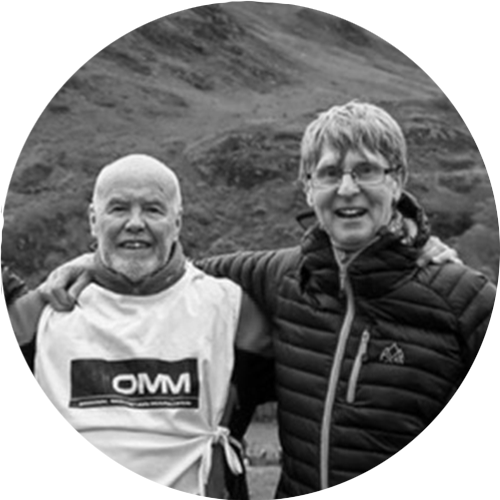

If you have a story to tell, whether it’s from the OMM, another race or challenge or just how you use our kit, get in touch! Just pop an email to james@team-ark.com and who knows, you might just earn yourself some free kit!
More Like this
55th OMM: Race Director’s Report
Race Director Dave Chapman talks us through the lead up to the 55th OMM in Glen Artney
THREE LESSONS THE DRAGON’S BACK RACE TAUGHT ME
Author Alexander takes on the Dragon’s Back Race and shares the four lessons about running and life that he learnt along the way.

